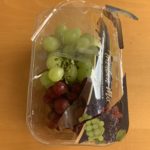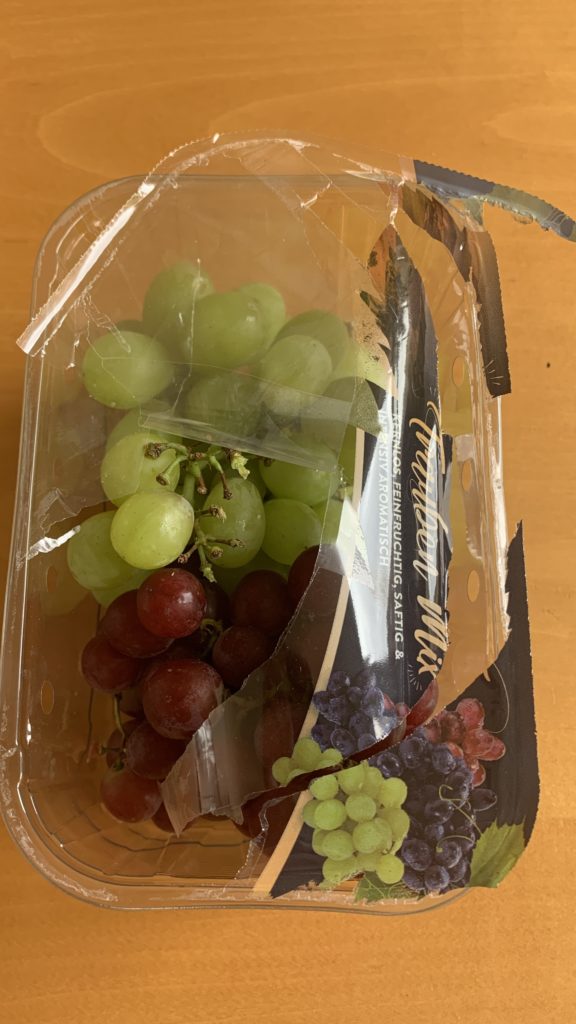
Poorly made mono-material packaging does more harm than good.
Plastic packaging is on its way to a circular economy – that is what you read and hear everywhere. But is that really the case? Documentaries like “The Recycling Lie” make you sit up and take notice, even if the comments from experts may sound scathing. Feel free to form your own opinion:
We still have a recycling problem. There is no doubt about it. There is still far too little recycling, and the quality won from regenrate is too poor and not reliably available. But what would be the alternative?
Many marketers and trade managers ask themselves this question. The problem is not only the recyclability of plastic packaging and in our case that of film packaging. The challenge is to achieve a value-added cycle in order to be able to continue operating the current economic system. That means simple, safe, cost-effecting and convenient shopping in the supermarket with industrially packed food. Because it is only this form of economy that makes life in large cities possible.
To make matters worse, consumer habits are even having a volume-increasing effect on the packaging industry. Reasons here are, among others
Now many packers and packaging producers are looking for a 100 % closed-loop solution. However, more and more engineers strongly doubt that mechanical recycling, which we are currently pushing recyclability to, can lead to a true circular economy for food packaging at all.
Films today always consist of highly developed mixtures of different polymers and/or polymer types. In addition, the diverse requirements today can only be guaranteed with multiple layers of film. In addition, plastic packaging is extremely tightly regulated to keep the food free from contamination and to guarantee the safety of packed food.
Under these circumstances, it seems difficult to ever get recycled – to be honest down-cycled – polymers back into a real cycle. In any case, a lot of development work, time and money are still needed. The PET bottle example – where the highest recycling rates are achieved in the plastics sector in Germany and food packaging is also made from regenerate – shows that it can work. But as a consumer, I do not really feel comfortable with the partially discoloured opaque bottles made of recycled material. Are we really on the right track? Or are there any other possibilities that lead to a much safer and better solution?
What is being discussed as alternative solutions? Here is an empirically collection list:
These are only the most hotly debated alternatives at the moment, if there were any. All in all, a society like the one that has prevailed in Europe for decades does not seem to be able or willing to get along without packaging. Quite the opposite – forecasts point to steady growth in the flexpack sector as well.

Are we really on the right track with the demand for a circular economy for food packaging? Or should we rather continue to focus on convenience, cost and product protection instead of the aggravation due to mono-material constraints? And, as long as fossil fuels are still used, should we burn film packaging and all plastic waste that is difficult to recycle in order to provide heavy industry such as cement plants with a high-quality fuel? Or are we just slowing down the innovation pressure for the longed-for recyclable plastic packaging?
In my opinion, we cannot afford a worse user experience due to the sometimes manic urge for mono-material solutions. And we should pay great attention to these negative customer experiences at the only touch point of the brand – between the product and the consumer via the packaging – and they should inspire us to come up with completely new ideas. Mono-material alone is unlikely to solve the problem of the food flex-pack industry.
Geschrieben am 12. Jul, 2022
Kategorie: Disposal / Recycling, Food packaging, General, Inno-Talk.eu